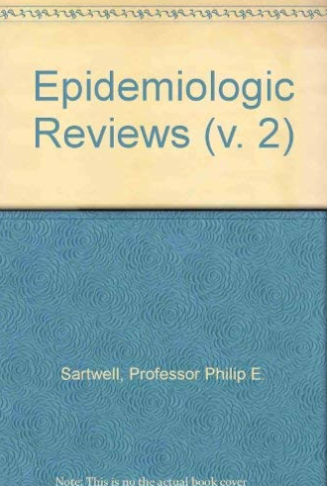Are We Missing Something Pertinent? A Bias Analysis of Unmeasured Confounding in the Firearm-Suicide Literature.
IF 5.2
2区 医学
Q1 PUBLIC, ENVIRONMENTAL & OCCUPATIONAL HEALTH
引用次数: 49
Abstract
Despite the magnitude and consistency of risk estimates in the peer-reviewed literature linking firearm availability and suicide, inferring causality has been questioned on the theoretical basis that existing studies may have failed to account for the possibility that members of households with firearms differ from members of households without firearms in important ways related to suicide risk. The current bias analysis directly addresses this concern by describing the salient characteristics that such an unmeasured confounder would need to possess in order to yield the associations between firearm availability and suicide observed in the literature when, in fact, the causal effect is null. Four US studies, published between 1992 and 2003, met our eligibility criteria. We find that any such unmeasured confounder would need to possess an untenable combination of characteristics, such as being not only 1) as potent a suicide risk factor as the psychiatric disorders most tightly linked to suicide (e.g., major depressive and substance use disorders) but also 2) an order of magnitude more imbalanced across households with versus without firearms than is any known risk factor. No such confounder has been found or even suggested. The current study strongly suggests that unmeasured confounding alone is unlikely to explain the association between firearms and suicide.我们是否错过了一些相关的东西?枪械自杀文献中未测量混杂的偏倚分析。
尽管在同行评议的文献中,将枪支的可获得性与自杀联系起来的风险估计的幅度和一致性,推断因果关系在理论基础上受到质疑,因为现有的研究可能未能解释有枪支的家庭成员与没有枪支的家庭成员在与自杀风险相关的重要方面存在差异的可能性。当前的偏倚分析直接解决了这一问题,它描述了这样一个无法测量的混杂因素需要具备的显著特征,才能得出文献中观察到的枪支可获得性与自杀之间的关联,而事实上,因果关系是无效的。1992年至2003年间发表的4项美国研究符合我们的入选标准。我们发现,任何此类无法测量的混杂因素都需要具备一个站不住脚的特征组合,例如,不仅是1)与与自杀最密切相关的精神疾病(例如,重度抑郁症和物质使用障碍)一样强大的自杀风险因素,而且2)与任何已知的风险因素相比,有枪支与没有枪支的家庭之间的数量级更不平衡。没有发现甚至没有提出这样的混杂因素。目前的研究强烈表明,未测量的混杂因素不太可能单独解释枪支和自杀之间的联系。
本文章由计算机程序翻译,如有差异,请以英文原文为准。
求助全文
约1分钟内获得全文
求助全文
来源期刊

Epidemiologic Reviews
医学-公共卫生、环境卫生与职业卫生
CiteScore
8.10
自引率
0.00%
发文量
10
期刊介绍:
Epidemiologic Reviews is a leading review journal in public health. Published once a year, issues collect review articles on a particular subject. Recent issues have focused on The Obesity Epidemic, Epidemiologic Research on Health Disparities, and Epidemiologic Approaches to Global Health.
 求助内容:
求助内容: 应助结果提醒方式:
应助结果提醒方式:


